Search the Special Collections and Archives Portal
Search Results
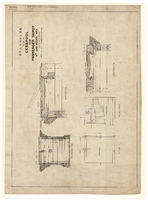
S.P., L.A. & S.L. Railroad plan of Las Vegas passenger station, sheet 13, March 31, 1905
Date
Archival Collection
Description
Site Name: Las Vegas Passenger Station (Las Vegas, Nev.)
Image
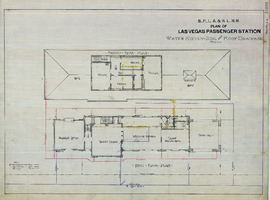
S.P., L.A. & S.L. Railroad plan of Las Vegas passenger station, sheet 2a, March 31, 1905
Date
Archival Collection
Description
Site Name: Las Vegas Passenger Station (Las Vegas, Nev.)
Image
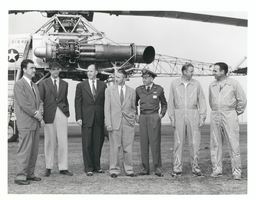
Photograph of Howard Hughes with XH-17 helicopter, Culver City, California, October 23, 1952
Date
Archival Collection
Description
Image
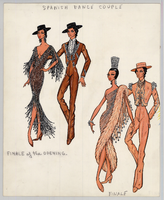
Costume design drawing, Spanish dance couples, Las Vegas, circa 1970s
Date
Archival Collection
Description
Show Name: Casino de Paris
Performance Name: Finale
Site Name: Dunes (hotel and casino)
Image
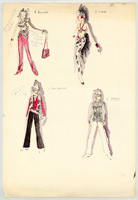
Costume design drawing, four Pony Express costume sketches, Las Vegas, January 28, 1968
Date
Archival Collection
Description
Show Name: Pony Express
Site Name: Sahara Hotel and Casino
Image
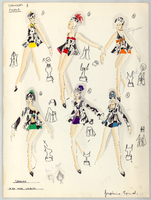
Costume design drawing, mini-skirt costumes with black and white paisley tops, Las Vegas, 1967
Date
Archival Collection
Description
Show Name: Mad, Mod World
Performance Name: Finale
Site Name: Sahara Hotel and Casino
Image
Larven Mason Photograph Collection
Identifier
Abstract
The Larven Mason Photograph Collection (approximately 1930 to 1939) consists of photographic negatives with corresponding black-and-white photographic prints, as well as additional black-and-white photographic prints. The images depict the mining equipment, personnel, operations, and housing for the Blue Diamond Corporation mine in Blue Diamond, Nevada.
Archival Collection
Hank Harrison Photograph Collection on Helldorado Days
Identifier
Abstract
The Hank Harrison Photograph Collection on Helldorado Days contains two black-and-white photographs of the Helldorado Days festival in Las Vegas, Nevada from approximately 1940 to 1977. The first photograph depicts a rodeo clown distracting a bull; the second photograph is of Ned Romero, an actor in Helldorado.
Archival Collection
Evan and Kathy Thompson Photograph Collection
Identifier
Abstract
The Evan and Kathy Thompson Photograph Collection depicts Beatty, Nevada, Rhyolite, Nevada, and Keane Wonder Mine, California around 1925. The photographs include the Rhyolite Bottle House, mining operations in Rhyolite and Keane Wonder Mine, and citizens of Rhyolite.
Archival Collection
Susan and Irwin Molasky oral history interview
Identifier
Abstract
Oral history interview with Susan and Irwin Molasky conducted by Michael Geeser on May 15, 2006 for the I Remember When: Recollections from Las Vegas Jewish Leaders Oral History Project. They talk about the founding of the Nathan Adelson Hospice and about the Jewish community in Las Vegas, Nevada. Irwin talks about building the first high-rise condominium and the first high-rise office building in Las Vegas, about building Sunrise Hospital and Boulevard Mall, about the future of Las Vegas, light rail in the city, and the Las Vegas downtown and its future. They also discuss the water supply in southern Nevada and the possibility of a high-speed railroad from Los Angeles to Las Vegas.
Archival Collection
